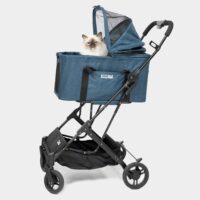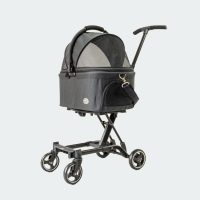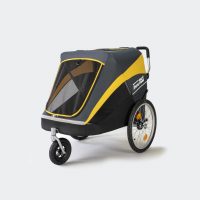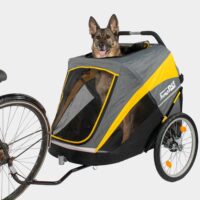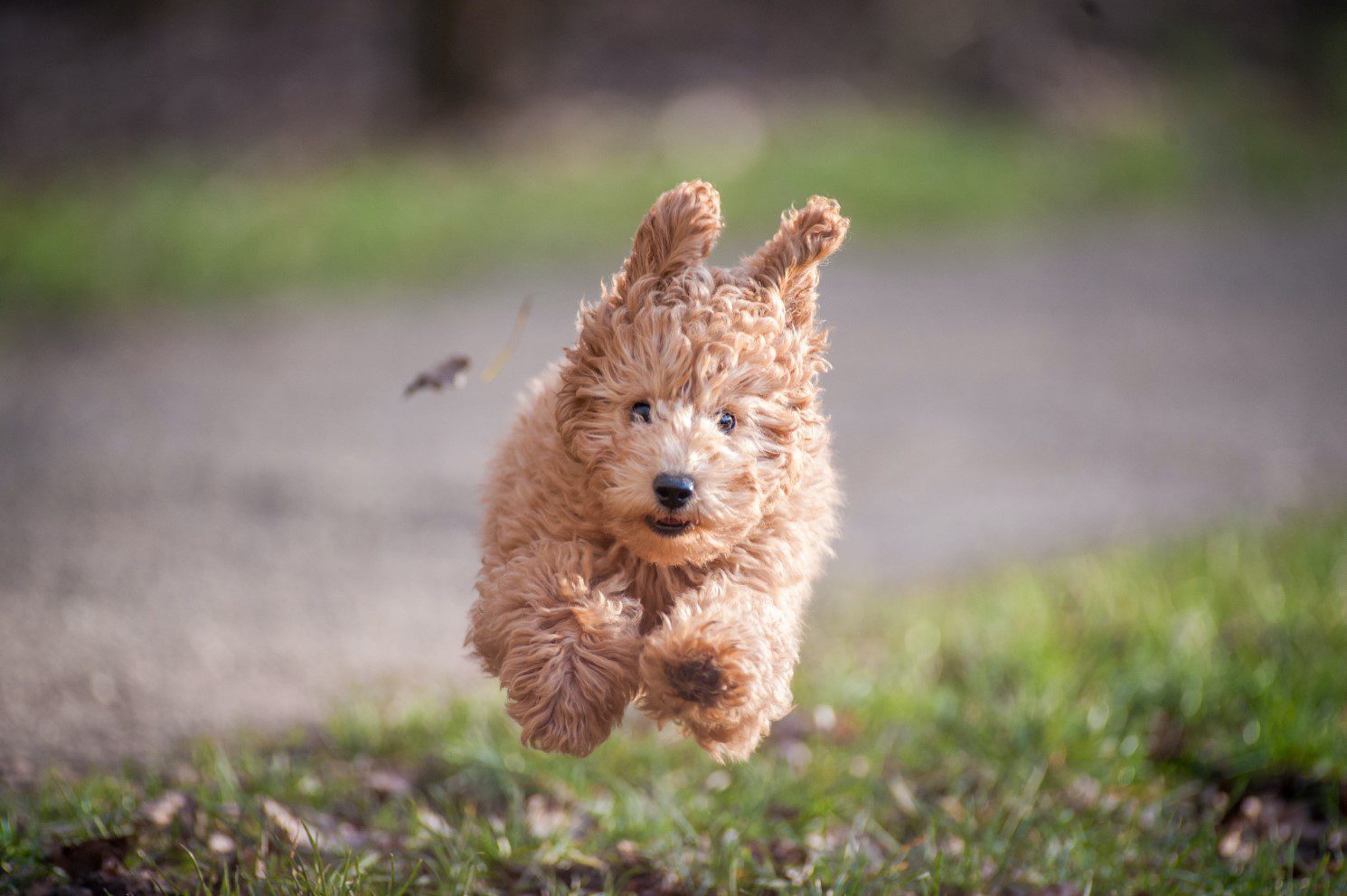Puppy Playtime Rules
Before we get started, remember: puppies need lots of sleep! Keep playtime short and sweet. Here’s a simple rule: 10 minutes of exercise for every month of age. So, a 3-month-old gets 30 minutes of fun.
Read this article to find out how long your puppy is allowed to walk and play.
So, what’s the plan?
The best time to introduce your pup to the world is between 8 and 12 weeks. This is when they are most open to new experiences and forming positive associations! Let’s fill their days with exciting experiences:
- People: Introduce your puppy to a variety of people, including children, adults, and seniors. Consider factors such as age, gender, appearance (glasses, hats, beards), and ethnicity to help your puppy become accustomed to different individuals.
- Animals: Socialisation with other animals is essential. This includes various breeds and sizes of dogs, as well as cats, horses, and other species.
- Places: Expose your puppy to different environments, such as residential areas, parks, stores, and veterinary clinics. This will help them adapt to various settings and reduce anxiety.
- Traffic: Familiarize your puppy with different types of traffic, including cars, buses, and bicycles. This will teach them to behave appropriately around vehicles.
- Sounds: Acclimate your puppy to a range of sounds, both familiar and unfamiliar, such as household appliances, music, and outdoor noises. This can help prevent fear-based reactions.
- Objects: Introduce your puppy to various objects, including umbrellas, wheelchairs, and strollers. This will help them understand that not all objects are threatening.
- Surfaces: Allow your puppy to experience different surfaces, such as grass, concrete, and stairs. This will help them become comfortable in various environments.
Tips for puppy socialisation
- Go Slow: Let your pup take the lead. If they’re scared, back off.
- Praise and Reward: Positive reinforcement is key!
- Watch Their Body Language: If your pup looks stressed, it’s time for a break.
- Obedience School: Once your pup is around 12 weeks, start basic training. It’s fun and helps with good behavior.
Remember: A tired puppy is a good puppy. Make sure they get plenty of sleep, exercise, and healthy food.
By following these tips, you’ll help your puppy grow into a confident, well-adjusted companion. Enjoy this special time together!

